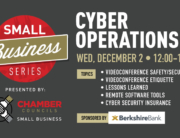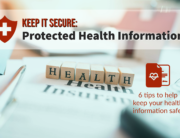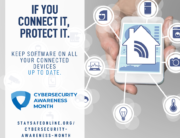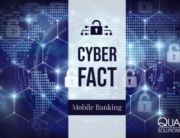
Phishing is the most common cybercrime of 2022, according to the FBI, placing organizations and individuals alike under an increased threat of stolen or compromised data, assets, identities and systems.
This social engineering attack that attempts to trick users into releasing personal data accounted for 241,342 phishing complaints last year. This alarming number only includes the phishing scams that were reported to the FBI.
Although the threat landscape has worsened, the fact that businesses remain a target for scammers has not changed. Scammers who gain access into a company’s systems, data and financial information consider scamming an employee or two to be well worth their effort. Help your organization protect itself against phishing attacks with these tips.
Educate Your Employees
Unfortunately, the easiest security chain to break is the employees. Your employees need to know the red flags of a phishing scam, such as misspellings, grammar errors, claims that an account was compromised, etc. Consider sending mock phishing emails to your employees to discover who needs additional training.
Back Up Your Organization’s Data
Phishing can lead to ransomware, and you need to prepare for the possibility of your organizational data being stolen at any time. Backing up your data should be your first line of defense against ransomware.
Set Procedures to Follow in the Event of a Phishing Scam
Everyone needs to know what to do when they run across a suspicious email or other message. If an employee clicked a link or opened an attachment, they should know who to notify and what information to provide.
Regularly Update All Systems
You need the newest security patches installed to properly safeguard against phishing and other cyberattacks. Set regular and automatic updates on all systems.
Encourage Employees to Report Suspicious Messages
Employees may not report a phishing email or other message if they are unsure that their suspicions are correct or if they believe the scam is insignificant. Inform your employees that your IT department takes phishing seriously and need employees to report any message they deem suspicious.
Only Provide Sensitive Data to Employees Who Have a Need-to-Know
The first step to protecting your organization’s sensitive data is to only share it with employees who have a need-to-know. Your employee will not be able to provide sensitive data to a scammer if the employee does not have the information to share.
The threat of phishing attacks will not dissipate anytime soon, but your organization will be better protected when you and your team carefully analyze suspicious messages and implement these protective measures.
This resource was provided by Quanterion Solutions for Cybersecurity Awareness Month. Access additional Cybersecurity Awareness Month resources.





